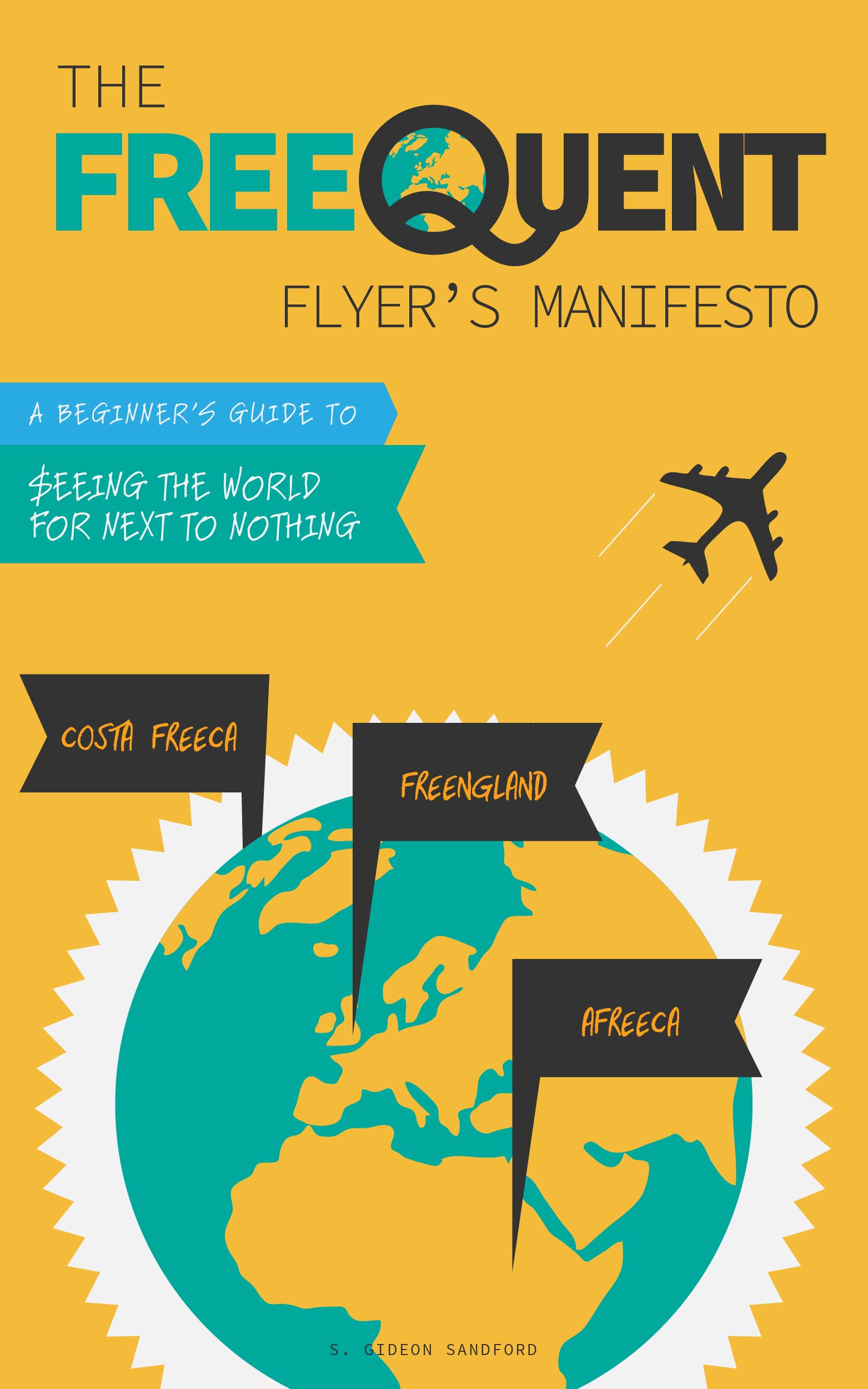Making travel free
/In my experience there are two broads ways people tend to view the benefits of travel hacking. For fun, let's call the two groups "budgeters" and "savers." Their behavior is not systematically different in any way — they might both apply for the same number of cards each year, manufacture the same amount of spend with them, and redeem their points for the same awards. But they talk about their techniques in very different ways.
Budgeters stretch their budget
You'll catch a budgeter saying something like, "I have 2 weeks of vacation per year, and a $4,000 travel budget. Before I started travel hacking, I could only take $4,000 vacations. Now, my $4,000 budget gets me vacations that would cost $20,000 or $30,000!" These are the kinds of stories you read about on the websites of Bankrate employees Brian Kelly and Daraius Dubash.
In practice, might mean spending $4,000 on fees (or losses if the budgeter is also a reseller), then redeeming the miles and points they earn for international business class or first class flights and five-star hotels, while before they spent the same amount on domestic economy flights and discount hotels.
In this way, the budgeter's travel budget takes them farther and in greater comfort than it did before they discovered the wonders of travel hacking.
Savers spend less for the same amount of travel
A saver says "I can't believe I used to pay full price for my travel. I used to pay $9,421 for my family's annual week-long Christmas trip to the Andaz Maui at Wailea Resort, and now I pay a flat $1,750 in Ultimate Rewards points!"
In other words, the saver takes destinations, comfort, and style as a given, and seeks to pay as little as possible for it by signing up for credit cards, manufacturing spend, and all the other crazy things we do to earn our travel hacker merit badge.
The happy medium is probably somewhere in between
Realistically, most people aren't entirely budgeter or entirely saver: if you generate enough miles and points per year to cover all your travel expenses, you're probably paying slightly less than you would in cash and traveling slightly more, or in greater comfort, than you would if you paid entirely in cash.
You can make travel free (but probably shouldn't)
There's another extreme which I've run into somewhat less often, but has its own special kind of appeal: make travel free by reimbursing yourself for all the fees you incur manufacturing spend.
To make this work, you need to be earning points that can be converted to cash or redeemed for travel in another, potentially higher-value way. Here are a few examples:
- Manufacturing spend with a Chase Ink Plus at office supply stores, you may pay $27.55 for 4,634 Ultimate Rewards points. If you redeem 2,755 of those Ultimate Rewards points for cash, you've generated 1,879 Ultimate Rewards points worth of travel at no net cost.
- Manufacturing spend with a US Bank Flexperks Travel Rewards card at a grocery store, you might pay $12.60 for 2,024 Flexpoints. Redeem 1,260 of those Flexpoints for cash, and you're left with 764 Flexpoints at no net cost.
- Manufacturing spend with a Barclaycard Arrival+ card at an unbonused merchant, you might pay $4.30 for $10.61 in Arrival+ miles. By being sure to redeem 41% of your Arrival+ miles on refundable reservations, your remaining Arrival+ miles are redeemable for truly free travel.
The reason you probably shouldn't do this is that it's not necessary. When you have enough miles and points to pay for your travel, you don't have to manufacture any more — you can simply earn cash back, or redeem your excess points for cash back. By manufacturing your most valuable points first (the points you're actually going to redeem), you need never find yourself in a situation where you're redeeming miles and points for cash, rather than deploying them to save money on more expensive reservations than their cash value — with the exception of points, like Barclaycard Arrival+ miles, which are worth the same when redeemed against refundable reservations as they are against reservations you intend to keep.
Conclusion: how much is your time worth?
There is a very small group of people for whom time is money.
- For Uber drivers, time is money: every minute spent doing anything but driving for Uber is time that could be spent driving for Uber.
- For many lawyers, time is money: as long as there's work that can be billed to clients, every 6 minutes doing anything but working for clients is time that could be billed to clients.
- For waiters at high-end, understaffed restaurants, time is money: as long as there's someone who can't make it into work, there's a shift that could be worked.
But most people have free time.
It may not feel like free time, because there may be a baseball game on you really want to see, and if you really want to see it, you can't exactly be out manufacturing spend during the ballgame.
I love HBO's hit series Game of Thrones. If I had cable TV, and HBO, you better believe I'd watch Game of Thrones every Sunday night — that's time I wouldn't be free to manufacture spend.
But there's a very common tendency for people to describe their time as being "too valuable" to manufacture spend, when what they really mean is they'd prefer not to. Preferring not to manufacture spend is a very understandable impulse — it can be tedious, frustrating, and stressful.
But unless you would otherwise be driving for Uber, billing clients, or picking up extra shifts at Chez Panisse, you should find another word than "valuable" to describe your desire to use your time doing something else. Because in all likelihood, your time is free.


